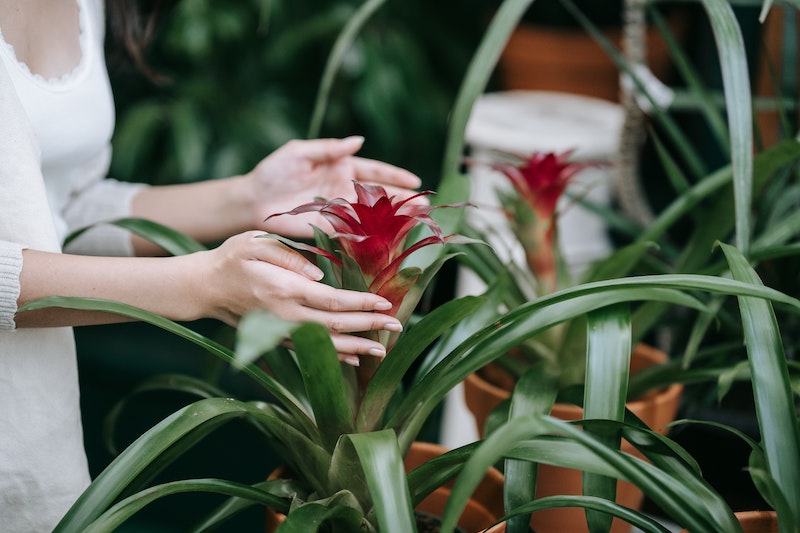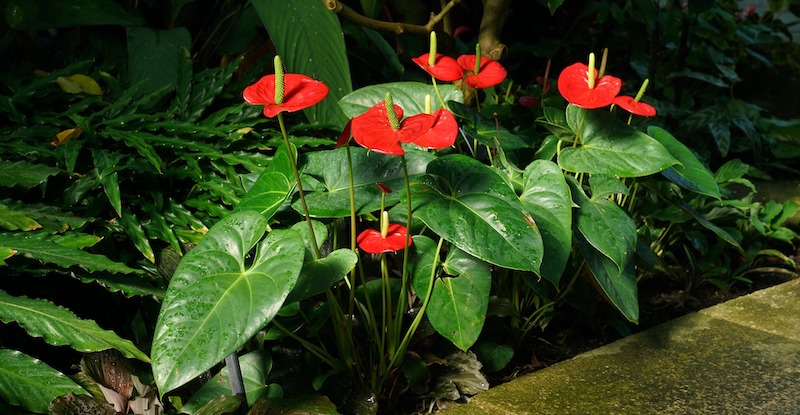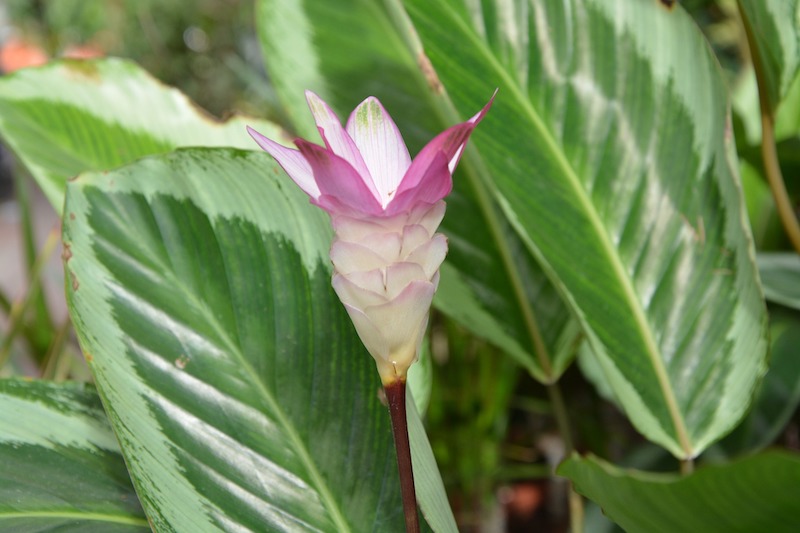While blooming houseplants are not super common, some indoor beauties can bring color and flowers into your living space. Not all houseplants can bloom indoors, as many require the perfect greenhouse conditions (warm temperatures, high humidity, plenty of light) to bloom. For those houseplants that frequently bloom indoors, such as peace lilies, anthuriums, and African violets, a lack of blooms is usually a reversible problem, often related to its growing conditions or care. With adjustments to your houseplant’s care or location, it may reward you with blooms!

Common Reasons Why Houseplants Aren’t Blooming
One of the most common reasons why houseplants fail to produce flowers is due to inadequate light. Blooming indoor plants often need bright, indirect light in order to continue to flower. This could mean moving your plant in front of a brighter window or supplementing with grow lights. Another factor that may impact blooming is inconsistent watering. Plants that are drying out too much in between waterings, especially tropical and water-needy plants, may focus more on survival rather than flower production. Other factors that may limit a plant’s ability to bloom include pest issues, improper pruning, a pot that is too large or too small, plant age, and a lack of nutrients.

Pruning Houseplants To Help Them Bloom
If you are trying to get a houseplant to bloom, and it’s a houseplant that doesn't commonly bloom indoors, there isn’t much you can do short of providing it with plenty of indirect light. For houseplants that do commonly bloom indoors, however, you can encourage them to continue to bloom by deadheading them. This is as simple as pinching off or trimming away older flowers as they begin to fade. Deadheading helps the plant to put energy into replacing its blooms.
Fertilizing Houseplants To Help Them Bloom
For houseplants, nutrient deficiencies are rarely the cause of a lack of blooms. More commonly, blooming is impacted by insufficient lighting. In fact, overfertilizing is more likely to prevent blooms than a lack of fertilizer. Nitrogen is the primary nutrient needed for green, leafy growth, and when given in high amounts, can lead to further green growth at the expense of flowering. Even a balanced fertilizer applied at the wrong time or concentration can have this effect. If you have ruled out all other causes, consider changing your fertilizing routine. Try a bloom-boosting fertilizer that can aid your plant in flower production, although make sure to first research the best fertilizing schedule for your plant.

Getting Houseplants To Produce More Blooms
The best way to help your blooming indoor plants continue to produce flowers is to examine the growing conditions that you are providing. Many of these plants need bright, indirect light in order to thrive. In addition, be sure that you are providing consistent watering, adequate humidity, and the right type and amount of fertilizer. Deadheading flowers as they fade can also help your houseplant continue to produce new flowers.
Why Houseplants Aren’t Blooming
- Inadequate light
- Inconsistent water
- Too much / wrong kind of fertilizer
 |
Author Lynn Gusman - Published 1-18-2023 |
